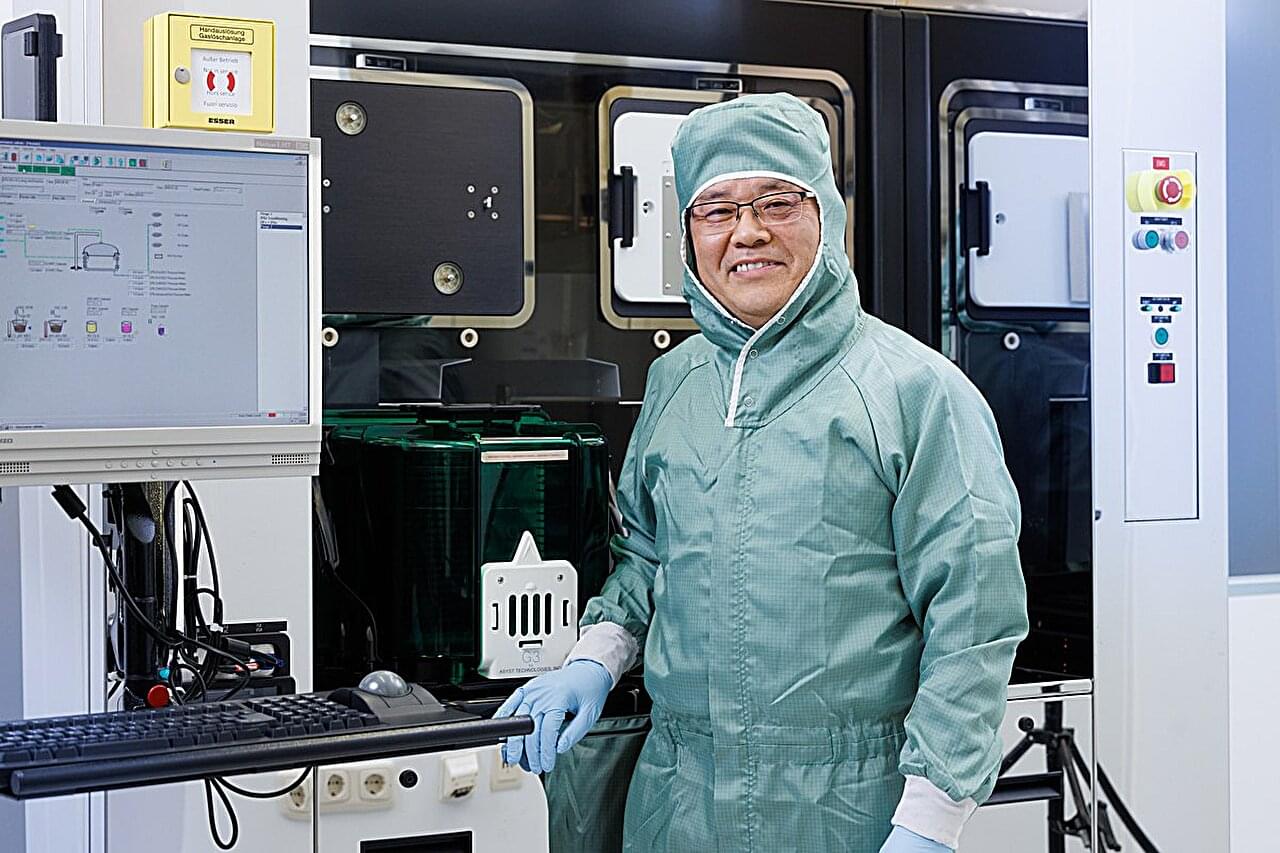The precise measurement of states in atomic and molecular systems can help to validate fundamental physics theories and their predictions. Among the various platforms that can help to validate theoretical predictions are so-called diatomic molecular hydrogen ions (MHI), molecular ions that consist of two hydrogen nuclei (i.e., protons or their isotopes) and a single electron.
Compared to atomic ions, these molecular ions have a more complex internal structure, as they contain two nuclei instead of one. Even when they are in their lowest possible electronic energy level (i.e., the electron’s ground state), these two nuclei can still rotate and vibrate, producing a wide range of rovibrational states.
Researchers at the Max Planck Institute for Nuclear Physics recently introduced a new method to precisely control and non-destructively measure the rovibrational ground state of a single molecular hydrogen ion in a Penning trap (i.e., a device that confines charged particles using static electric and magnetic fields).









